
views
X
Trustworthy Source
Harvard Medical School
Harvard Medical School's Educational Site for the Public
Go to source
Use caution when making changes to your sodium intake in order to avoid health risks.
- Stay hydrated by drinking plenty of water and eating plenty of fruits and vegetables.
- Exercise to sweat out salt from your body. A high-intensity workout like circuit training can get you in shape and reduce your sodium levels at the same time.
- Cut down on dietary salt by avoiding foods like prepackaged meats to reduce the amount of sodium in your body.
Staying Hydrated
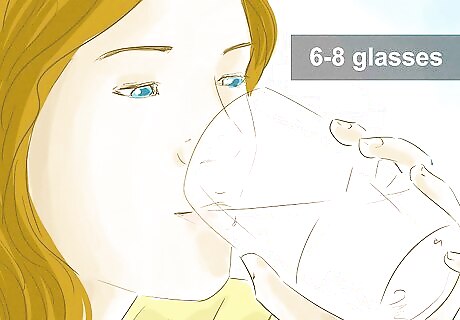
Drink plenty of water. One of the best ways to flush waste and excess nutrients out of your system is to stay hydrated. The simplest way to hydrate yourself is to drink water. While the exact amount of water you should drink every day varies from person to person, these basic guidelines work for most people: The average man should drink about 13 cups (3 liters) of water per day. The average woman should drink about 9 cups (2.2 liters) of water per day.
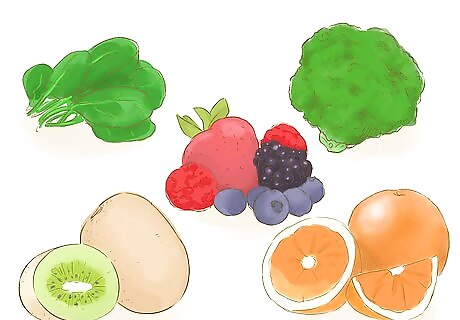
Get fluids from other sources. While drinking water is the best way to stay hydrated, you can also get the fluids you need from other sources. In addition to things you drink, you can also get fluids from a lot of the foods you eat. Fresh fruits, vegetables, and no-added sodium broth-based soups are all excellent sources of fluids.

Minimize sports drinks. While sports drinks like Gatorade or Powerade can be great for helping you rehydrate after an intense workout or when you are sick, they tend to contain a lot of sodium. Avoid drinking sports drinks unless you are doing a long workout (one hour or more) or your doctor recommends them to help you combat dehydration due to illness.
Getting Exercise
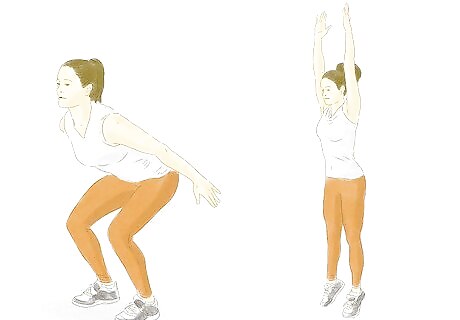
Break a sweat. Your body sheds both water and salt when you sweat. Because of this, strenuous exercise, or other activities that bring on a good sweat, are good ways to get excess sodium out of your system. Try a high intensity workout, like circuit training, to help you get in shape and shed extra sodium. Alternatively, you can try more low-impact exercises that can get you sweating, like hot yoga. However, be aware that hot yoga can be dangerous for people with low heat tolerance, so consult your doctor before starting a hot yoga routine.
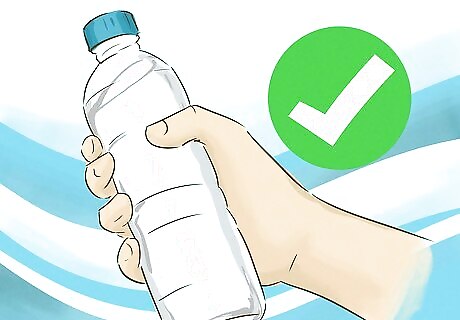
Stay hydrated while you exercise. Allowing yourself to get dehydrated while you exercise can actually cause your body to retain salt, potentially leading to a serious health condition called hypernatremia. Always drink water while exercising, especially if you are hot or working up a sweat. How much water you should drink during exercise depends on your body’s individual needs and how intense and long-lasting your workout is. During light or every-day exercise, like a half-hour workout at the gym, an extra 1.5-2.5 cups (400-600 ml) of water is probably enough.

Ask your doctor about maintaining a good electrolyte balance. Losing too much sodium during a workout can be dangerous. Drinking too much water while you exercise can cause your sodium and other electrolyte levels to drop too low. This can result in exercise-induced hyponatremia. Talk to your doctor or a sports dietitian about how to make sure you don’t shed too much sodium while you work out, especially if you are already on a low-sodium diet. For really long or intense workouts, you may need to drink a sports drink or electrolyte drink to keep your salt levels from dropping dangerously low.
Changing Your Diet
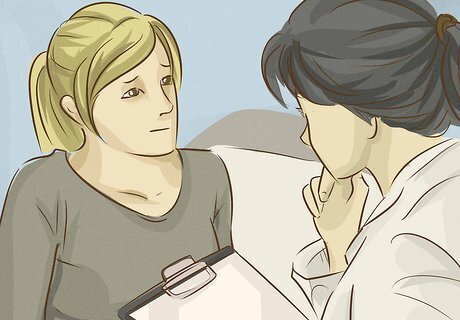
Talk to your doctor about your salt intake. If you’re concerned that you are getting too much salt in your diet, discuss your concerns with your doctor or a registered dietitian. They can help you determine whether you need to cut back on your sodium intake, and how much sodium you should be getting in your diet. Your doctor or dietitian may be more likely to recommend that you cut back on your salt intake if you have certain health issues, like high blood pressure or diabetes.
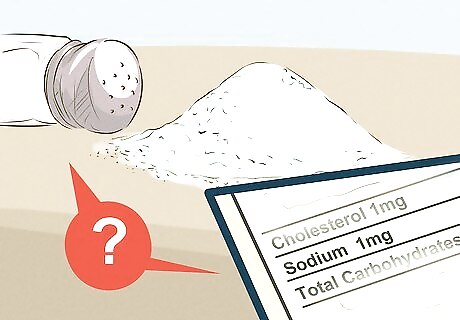
Cut down on dietary salt. Doctors recommend that most healthy adults should consume no more than 2,300 mg (0.08 oz) of sodium per day. If you eat a standard American diet, chances are that you are eating far more than the recommended dosage. You can cut down on your salt intake with a few simple changes: Trade pre-packaged foods for fresh ones. Pre-packaged meats, such as luncheon meats, bacon, or sausage, are often loaded with additional salt. Look for products that are labeled “low sodium.” Check pre-packaged food labels carefully for sodium content. Cut salt out of recipes, when you can. Try spicing up your food with other seasonings, like salt-free pepper or garlic powder, instead.

Eat more potassium. Potassium, like sodium, is an important electrolyte that your body needs to stay healthy. Most people eat too much sodium, and not enough potassium. Getting enough dietary potassium can help your body get rid of excess sodium. Good sources of potassium include: Baked potatoes, with the skin left on. Avocado. Bananas. Leafy green vegetables, like spinach or Swiss chard. Dairy products, like yogurt or milk. Beans and lentils.
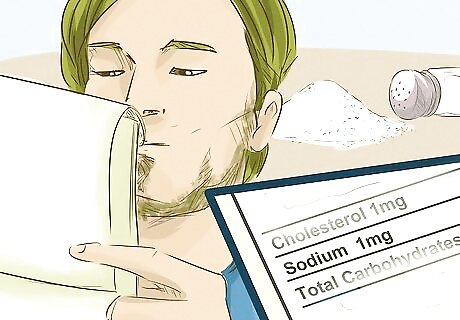
Try the DASH diet. Dietary Approaches to Stop Hypertension, or DASH, is a diet that focuses on lowering your sodium intake and using healthy portion sizes. Depending on your needs, your doctor or dietitian may recommend a standard DASH diet or a lower sodium DASH diet. On a standard DASH diet, you can eat up to 2,300 mg (0.08 oz) of sodium per day. On a lower sodium diet, you can eat no more than 1,500 mg (0.05 oz) of sodium per day.
Managing Your Salt Levels Safely
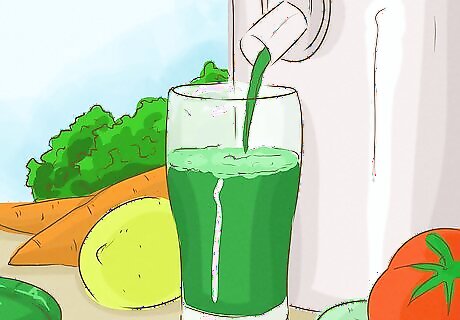
Use caution when doing cleanses or crash diets. Many health fads, like the juice cleanse or the salt water flush, claim to detoxify the body, flush out impurities, and help reduce problems like bloat and water retention. However, there is little or no evidence to show that these types of fad diets or cleanses are effective. They can also seriously disrupt your body’s sodium levels, sometimes with dangerous results. Juice cleansing or juice fasting can cause your sodium levels to drop dangerously low, resulting in a condition called hyponatremia. Hyponatremia may cause problems with your heart and nervous system. Crash diets like the salt water flush can overwork your kidneys and overload your body with sodium, leading to problems like dehydration, bloat, edema, or high blood pressure.
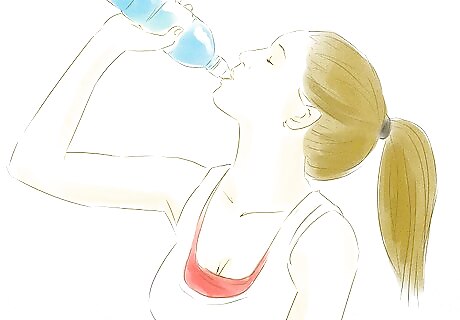
Don’t overhydrate. Although it seems counter-intuitive, it is possible to drink too much water. If you are forcing yourself to guzzle excessive amounts of water while exercising or simply as a way to flush out your system, you could put yourself at risk of developing hyponatremia, or a deficiency of salt in the blood. Hyponatremia can lead to fatal swelling of the brain. It can be hard to judge how much water is too much, especially when you are doing an intense workout or endurance exercise. Your best bet is to listen to your body: drink when you feel thirsty, and stop when your thirst is quenched.
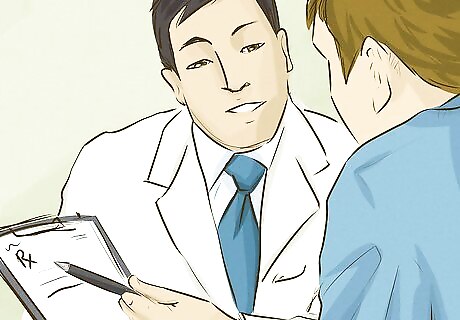
Consult your doctor about major lifestyle changes. Dramatically changing your sodium intake or starting a new exercise regimen can have serious health consequences, especially if you have any health conditions such as hypertension or diabetes. Before making any major changes, talk to your doctor or dietitian first. They can help you develop a safe plan for reaching your health goals.
















Comments
0 comment